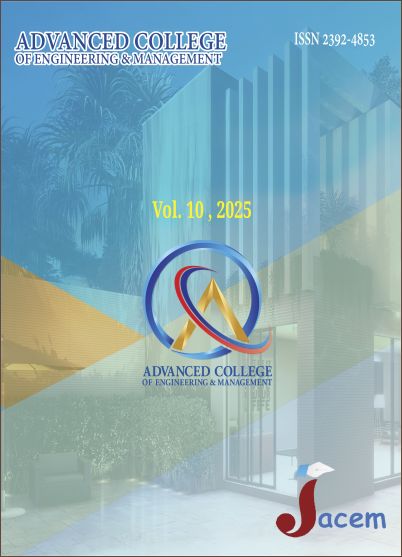Stock Trading Indicator using Reinforcement Learning
DOI:
https://doi.org/10.3126/jacem.v10i1.76326Keywords:
Reinforcement Learning, Stock Trading, Financial Markets, Moving Average Convergence Divergence, Relative Strength Index, Risk ManagementAbstract
Traditional trading strategies often struggle to consistently achieve profitable results in highly volatile and complex financial markets. This research explores the potential of Reinforcement Learning (RL) to develop a trading indicator capable of learning and adapting to market changes. By leveraging RL, the trading indicator aims to improve decision-making and enhance trading performance through continuous learning from experiences.
The outcomes of this research include a flexible and adaptive RL-based trading indicator, trading strategies that generate higher returns with better risk management, and a thorough comparison with traditional methods. This study demonstrates how advanced machine learning can be effectively applied to enhance trading in financial markets. In contrast to traditional technical analysis, which focuses on statistical trends from trading activity, RL offers an experience-driven approach that can adapt to evolving market conditions. The RL-based trading indicator utilizes Q-learning, a model-free reinforcement learning algorithm, to learn optimal action-selection policies. Through iterative updates of Q-values, the agent can derive the optimal policy by selecting the action with the highest Q-value in any given state.
The research evaluates the performance of the RL-based trading indicator against traditional indicators like MACD and RSI across multiple stocks. The results consistently demonstrate the superior performance of the RL-based indicator in terms of profitability and adaptability. This highlights the potential of RL as a promising tool for enhancing financial trading strategies.
Downloads
Downloads
Published
How to Cite
Issue
Section
License
JACEM reserves the copyright for the published papers. Author will have right to use content of the published paper in part or in full for their own work.




